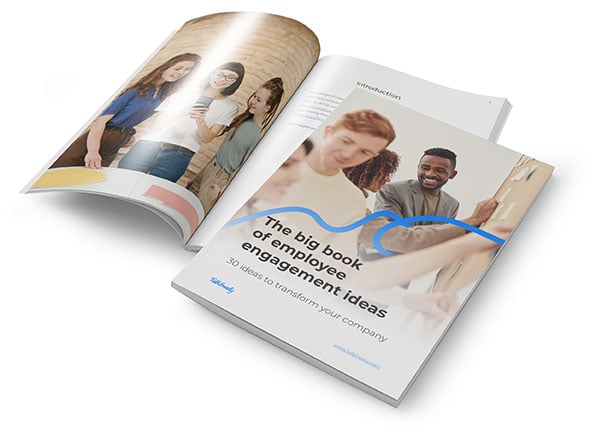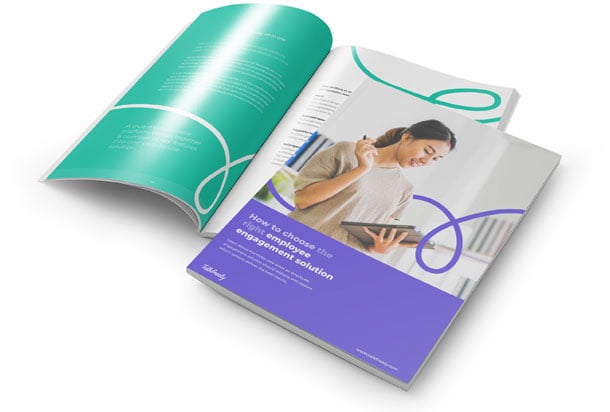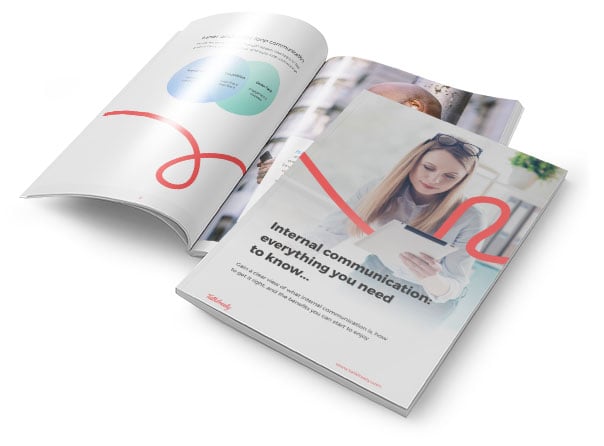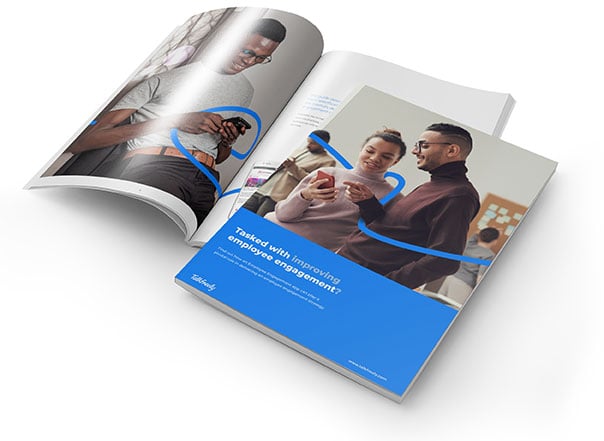When Jeff Bezos was starting up Amazon, he made a rule: no meeting, however important, would include more people than could be fed with two pizzas.
The assumption was that the more people there were in a team, the less would be achieved. Putting aside the question of the size of the pizza and the size of the slices, the rule is borne out by basic mathematics.
The formula to determine the number of links in a group is defined as:
n(n-1)
—
2
where n = number of people
Here’s how that works.
- If you are generous with your pizza, and everyone gets two slices and there are six slices per pizza, that’s two pizzas sustaining a team of six. In a team of six, there are 15 possible unique links between the members.
- However, if there are 12 people in your team, there are 66 possible links (and only one slice of pizza each).
- If your entire workforce of 50 people are denoted as a single team, they have 1225 possible links (and all complaining how there is never enough pizza!).
Generally, most experts agree that an effective team contains less than 10 people, and preferably no more than four (which ensures plenty of pizza for everyone.)
Group sizes in online communities
One of the features of many employee productivity apps is the ability to create user groups and temporary teams to address challenges, collaborate on projects, or brainstorm some new ideas. The pitfall is that one employee might spread themselves too thin and join too many groups. thus making their links unmanageable.
Read Internal Communications App - An Essential Employee Portal to Your Business
Larger groups are slower
Larger groups also take longer to achieve results. In an experiment by Bradley Staats, Katherine Milkman, and Craig Fox, two person teams and four person teams were tasked to build the same Lego figure. The two person teams took an average of 36 minutes, whilst the four person team took 52 minutes - almost 45% longer.
Larger groups can cause stress
Psychologist Jennifer Mueller identified an unexpected side effect of larger teams, which she termed ‘relational loss’. This occurred where team members didn’t know the other team members well enough to either seek support or offer it with confidence, leading to stress and upset.
Small is beautiful
The formula for team success might be ‘small is beautiful’. This view is very much endorsed by Josh Bersin, Principal and Founder of Bersin by Deloitte, in his “Predictions for 2017” report.
“We should break our functional groups into teams — teams that are smaller, flatter, and more empowered.”
A good employee engagement app will allow managers to hand-pick teams and groups, keeping their membership limited and within workable margins. Every employee is a member of the app community, but not a member of every specialist team or interest sub-group.
Flexible group formation
At Talkfreely, our employee engagement and communication apps offer businesses the flexibility to form user groups and teams within an online community. Group members can be contacted en masse with specific information, activity monitored and assistance given as required.
Read Employee Communication - Eliminating the Time Lag
Explosive feedback
Given that another of Bersin’s predictions is that “Real time feedback and analytics will explode”, managers will come to expect - and rely on - almost immediate feedback. This information can be used in many different ways.
Bersin cites the example of a software company with 3000+ employees which sends pulse surveys to the sales team every week. The senior VP said that as a result:
“I can tell Friday night from the feedback survey exactly who is going to perform well the following week and who needs extra coaching.”
Real-time feedback requires prompt action
There is, of course a payoff. That level of real-time information requires an agile company structure (and culture) that can react and respond. There is no point in receiving real-time information, and having to wait a week before reacting. By then the pizza is not only cold but decidedly stale, and probably a health risk too.
If you’d like to keep your communications piping hot and tasty, call us, or start your free trial today.
Topics:
Internal Communications







